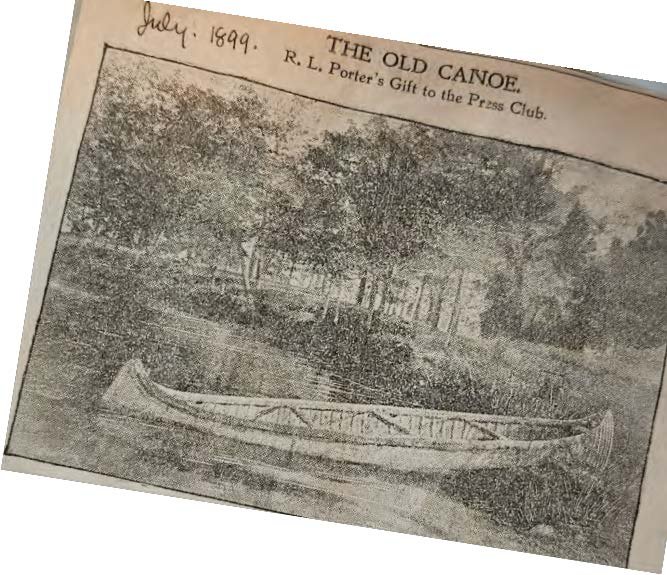Lake History Bits & Pieces - Native Americans
Submitted by Eric Tarman-Ramcheck
The first people to appreciate Lake Beulah were Native Americans who had many family-based settlements around the lake. Among them were Potawatomi Indians who settled in the area well before Wisconsin’s incorporation as a state in 1848. Evidence of their presence comes from artifacts found, Indian mounds reported in newspapers of the 1800s, and many informative documents detailing the extent of the lake’s early American history.
The photo to the right is from my History Committee colleague Beth Lanham’s collection of historic artifacts, which includes rich documentation of early activity on Lake Beulah, even a photo of a Native American canoe that was used on the lake. Family records document reports in early newspapers that Indian mounds were once located extensively around the lake.
Native Americans also had a network of trails throughout southeast Wisconsin. Hwy J and Hwy ES on both the north and south sides of the lake have been documented as being main travel routes for the Potawatomi. These roads later became primary roads that we now use in modern times.
One of my ancestors, while growing up on Lake Beulah, found a 6-point elk antler while scuba diving in the upper lake. Scholarly research describes how Native Americans in Walworth County used elk antlers for religious ceremonies by putting them in lakes, trees, and other area landmarks.
This elk antler is likely at least a few hundred years old and was placed in the lake by Potawatomi Indians, The nearby city of Elkhorn, WI was named because original settlers and surveyors found elk antlers like this one in hollowed-out trees around Lauderdale Lakes. Elk antlers were also reportedly found in Whitewater Lake and many area townships
If you or others in your Lake Beulah family have interesting information, artifacts, photos or stories about Native Americans around Lake Beulah, we would love to hear about it. Please contact us at LakeBeulahHistory@gmail.com. Our goal is to preserve this knowledge for future lake residents to know and enjoy.


